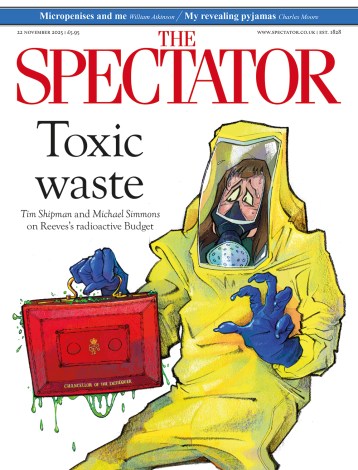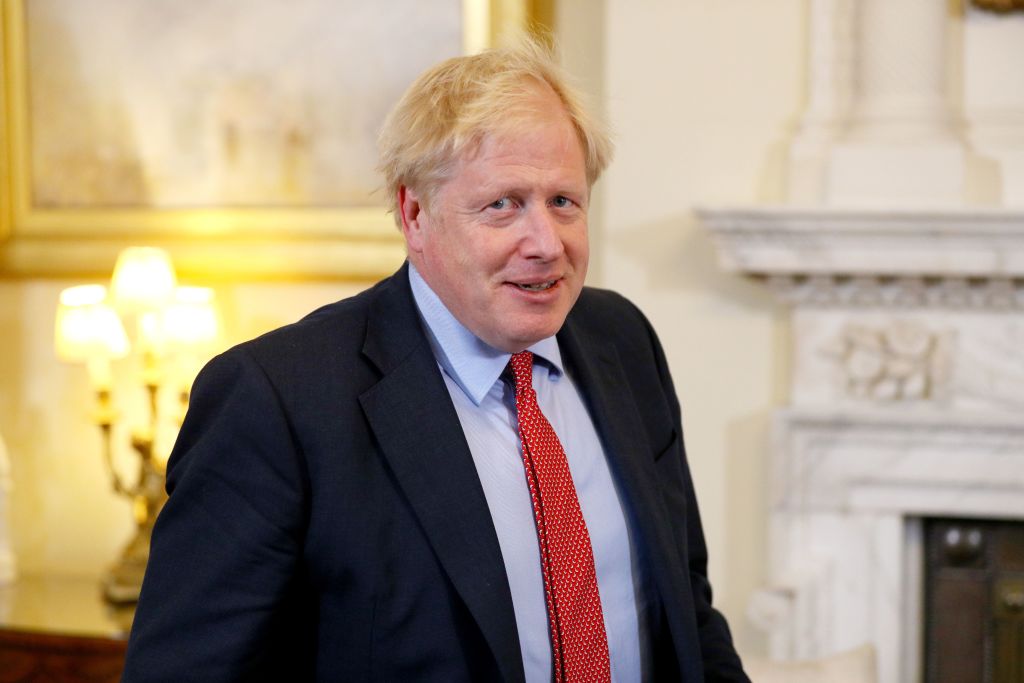The UK Government and the European Commission today published the text of a revised Protocol on Northern Ireland, coming just in time for the start of today’s European Council Summit. The Government also released a unilateral declaration concerning the operation of the ‘consent mechanism’ contained in the new Protocol on Ireland and Northern Ireland.
The new deal is different in both concept and substance to Theresa May’s deal – and to the EU’s original proposal for a Northern Ireland-only backstop. In fact, in many ways the new arrangements for Northern Ireland are more of a “front-stop” than a “backstop” – rather than an insurance policy which both sides want to avoid, they would come into effect immediately after the transition period.
I have produced a “track change” piece, available here, which compares the new Protocol line-by-line to the backstop negotiated by Theresa May. Below is a summary of the key changes.
Objectives and relation to future relationship: major change
May’s Protocol emphasised from the start that the arrangement was temporary, but would last “unless and until” it was superseded by a subsequent agreement. The Johnson Protocol, on the other hand, does not.
This is because it is arguably not a “backstop” at all – it is more of a “front-stop”, to apply immediately after the transition period. Exiting the arrangements is tied not to the development of alternative arrangements, but to the consent of the Northern Ireland Assembly. (There is a reference in Article 13(8) to the backstop being superseded “in whole or in part” by subsequent agreement, but this is no longer an “objective” of the Protocol).
Customs territory: major change
Northern Ireland remains in the UK’s customs territory, not that of the EU. This is a change from the May deal, which left Northern Ireland in the EU’s customs union whereas the rest of the UK was in a customs union with the EU.
In theory, this allows Northern Ireland to benefit from FTAs the UK strikes with other countries – but only if this does not contradict the functioning of the Protocol.
Customs and movement of goods: major change
The “single customs territory” that was at the centre of the May backstop has gone, and is replaced by a complicated “dual tariff” arrangement that would apply to Northern Ireland alone.
Goods entering Northern Ireland from Great Britain would be subject to EU tariffs and customs checks, but only if there was a “risk” that the good would go on to enter the EU. There are exemptions for personal property of UK citizens and low value consignments, and further criteria will be established by the UK and EU. Essentially, if it can be proved that the good is going to stay in Northern Ireland, then the EU tariff will not apply. If NI traders end up paying the wrong tariff, they will be reimbursed by the UK government.
Northern Ireland would remain subject to the Union Customs Code, as in the previous deal.
Regulations: no change to substance, but major change to context
Northern Ireland will remain, as before, effectively inside the Single Market for goods. This means no checks on product standards on trade across the Irish border, but some potential checks on trade across the Irish Sea.
However, the crucial difference is that these arrangements would now be subject to the consent of the Northern Ireland Assembly. There is no longer an issue of “regulation without representation.”
Previous clauses on the “protection of the UK internal market” remain. While there may be some checks on goods moving from Great Britain to Northern Ireland, there is no requirement for checks on goods moving the other way. The EU and UK also commit to use their “best endeavours” to facilitate trade and minimise Irish Sea checks as far as possible.
Democratic consent: major change
The previous deal had no binding mechanism for democratic consent in Northern Ireland, though Theresa May’s Government made some limited unilateral commitments in this area. Johnson’s Protocol, on the other hand, can only continue if politicians in Northern Ireland support it.
The Protocol applies for an initial four years after the transition period. At that point, the UK will test the NI Assembly’s consent for the continued application of Articles 5-10 of the Protocol (the customs and regulatory arrangements, plus VAT, the Single Electricity Market and State Aid).
Consent to continue the arrangements requires a simple majority of the Assembly. If this consent is given, the arrangements will continue for a further four years.
Alternatively, if there is cross-community consent, the arrangements will continue for a further eight years. However, cross-community consent cannot be used to overrule majority consent. In other words, neither community has a “veto.”
If a majority in the Assembly votes against the arrangements continuing, then a two-year “cooling off period” begins, during which the UK and the EU will put in place alternative measures. After that period, the arrangements cease to apply.
The negotiated outcome here is also different to Johnson’s original proposals. This made the end of the Protocol the default outcome, and thereby gave unionists an effective veto on continued alignment. The removal of this veto in negotiations underpins the DUP’s decision to oppose the deal, having supported Johnson’s opening proposals.
Level Playing Field: major change
Binding commitments for the whole UK to maintain minimum standards in the areas of social and environmental policy, tax, competition and state aid have been removed from the Withdrawal Agreement.
The only level-playing field commitments in the Protocol apply to Northern Ireland alone, and even here are only on state aid.
This does not mean there will be no level-playing field commitments. The difference is that these will now be negotiated as part of the future relationship, and will be linked to the level of market access (a closer relationship means more obligations).
VAT: some change
Northern Ireland would be in full alignment with EU VAT rules, as before. However, it is now explicit that this would be implemented and enforced by UK authorities, and that revenue accrued from VAT in Northern Ireland would be kept by the UK.
Governance and common provisions: some change
Northern Ireland’s compliance with EU rules will be enforced by the European Court of Justice. However, this will only apply while the Northern Ireland Assembly consents to these rules.
The roles of the Joint Committee, the Specialised Committee and the Joint Consultative Working Group in supervising and implementing the Protocol are largely unchanged, as are the safeguarding measures allowing the suspension of the Protocol if it “leads to serious economic, societal or environmental difficulties.”
The “review mechanism” in the previous deal has been removed, reflecting the fact that the Protocol is no longer a “backstop” which both sides hope to see replaced.
Individual rights and Common Travel Area: no change
The UK will ensure no diminution of rights guaranteed in the Good Friday Agreement, and the Common Travel Area for free movement of people between Ireland and the UK will continue.
Single Electricity Market: no change
The all-Ireland Single Electricity Market will be preserved, as before.
Other North-South co-operation: no change
Other forms of North-South co-operation will continue, as before.
Dominic Walsh is a policy analyst at the think-tank Open Europe






Comments